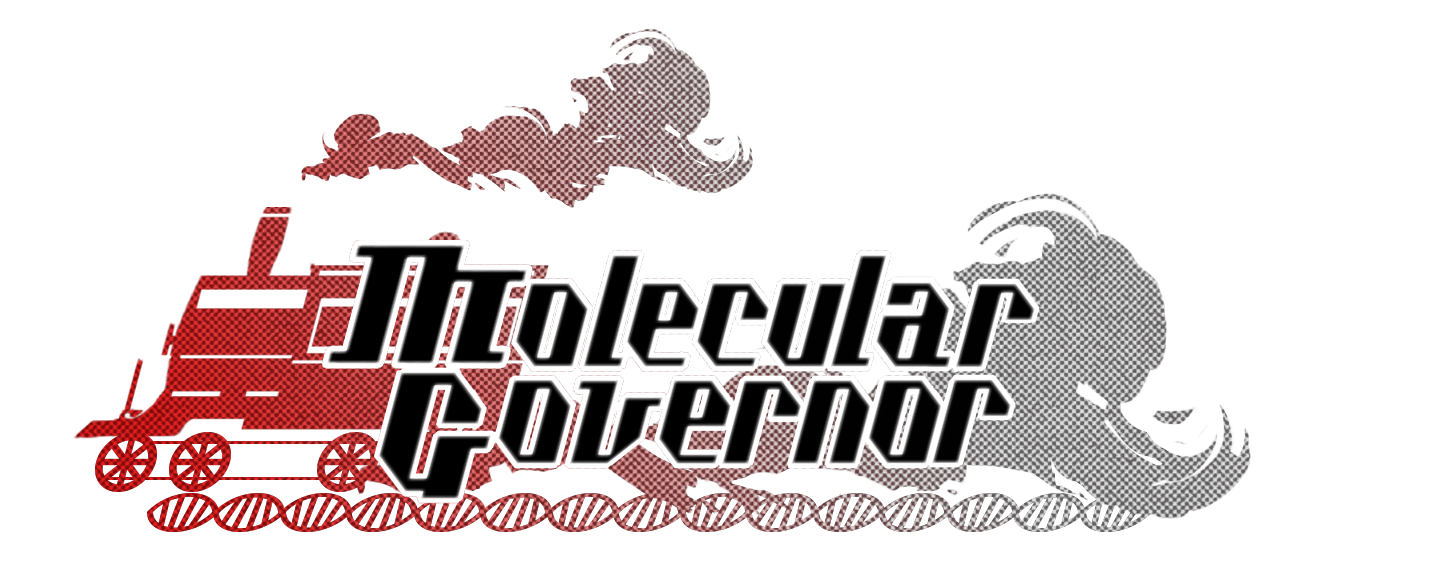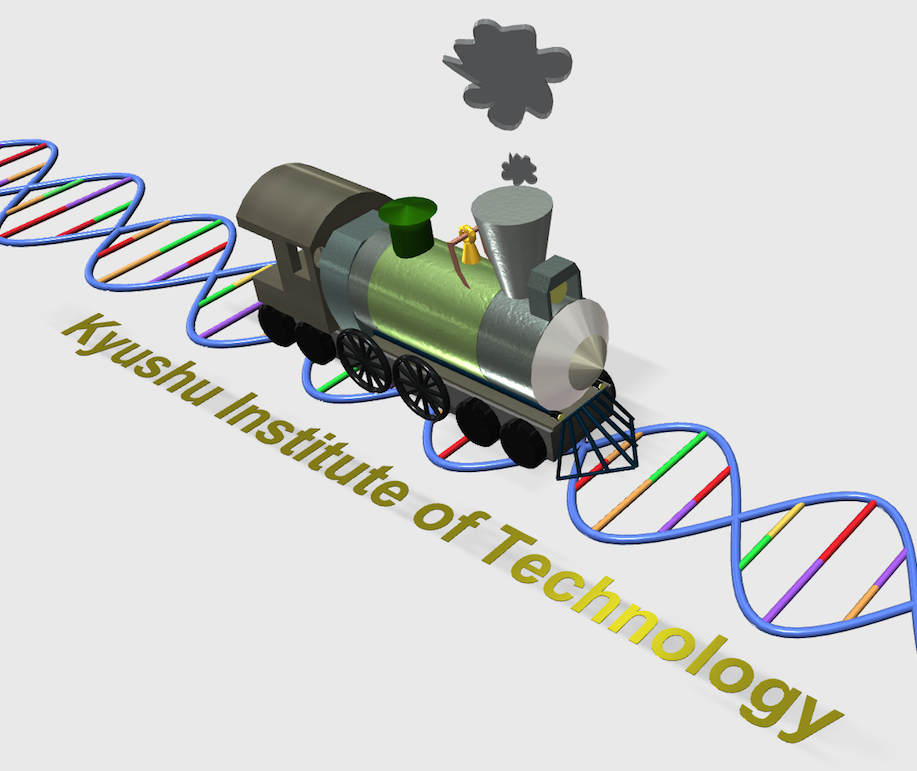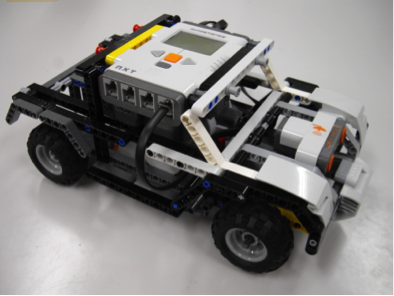




Kyushu Institute of Technology Nakakuki lab

Address
Kyushu Institute of Technology 680-4 Kawazu, Iizuka, Fukuoka, Japan





The final goal in the Molecular Governor project is to establish a feedback control method for regulating a function of a biochemical reaction system. To this end, the most important device is the membrane with a desired transmission rate, and the most important technology is how to create such a membrane. In BIOMOD2014, we focus on the manufacturing of the membrane. Because we proposed the design theory in the Design section, in this section we try to validate it experimentally.
You may consider that it would be difficult to make such a membrane as shown in Fig. 1 even if the design theory is correct. The difficulty comes from the following matters.
● Permeable membrane that a DNA strand can pass through with desired transmission rate.
● How to integrate the membrane in an existing system
At the moment, many kinds of permeable membrane are available. To create one, a technique to precisely make small pores on a liposome may be highlighted although, unfortunately, it is still a difficult work. In addition, although such a “sheet-type” permeable membrane (Fig. 1) would be a wonderful material, to handle or integrate it in an existing system would be a troublesome problem. Our breakthrough is to provide a concept for making a permeable membrane quite easier.

● It’s difficult to exactly make nanoscale pores on a sheet.
● It’s difficult to handle or integrate it in an existing system.
Now, we propose the following solution. A permeable membrane is created by sticking poles, which would be made by DNA origami, on an impermeable sheet. Each pole has many nanoscale pores that provide a permeable property. In BIOMOD2014, to confirm the principle we employed a ceramic membrane filter (NGK Insulators, ltd.) as a pole in which the concept, the three-dimensional structure, and the flux flow of solute are exactly the same with our idea. Fig.3 illustrates the flux flow of solute and solvent.

● The three-dimensional structure and the flux flow of solute and solvent are exactly the same with our idea.
● A pole-style filter with many nanoscale pores.
● It is possible to integrate it into an existing system by stick it on an impermeable plane.


Oligonucleotide synthesis is the chemical synthesis of relatively short fragments of nucleic acids with defined chemical structure(sequence). In this time, we use DNA oligonucleotide has below characters.
Form: : freeze-dried product
Length : 20base
Sequence : 5’-ACCTCTCATCTATCACCACC-3'
Molecular weight : 5918.0

● Characters of water tank is below
Radius : 10[mm]
Length : φ200[mm]
Material : acrylic plastic
● Characters of water tank is below.
Meterial : Titania
Pore size : φ100 [nm]
Channel : 19
Length : φ15[cm]
Surface area : φ3[mm]

Spectrophotometer has enhanced design features enabling rapid calculations of various parameters based upon the sequence of oligonucleotide. Selection of the appropriate mode and calculation key gives the user an output of melting temperature, absorbance, concentration and molecular weight based upon the sequence of oligonucleotide.
The procedure of the experiment is illustrated in Fig. 4 in which DNA strands were administrated into the left room, and then a concentration of the DNA strand in the right room is measured by the spectrophotometer at regular intervals to make a time-course plot.

Before we mention about procedure, we simulate concentration change by reference to parameter of DNA and membrane that we use in experiment.
(1)Put water in the water tank.
(2)Administrate the DNA oligonucleotide into the left room.
(3)Retrieve a specific amount of solution from the right room at regular intervals (Fig. 5).
(4)Quantify the concentration by using spectrophotometer.
(5)Compare the concentration change between simulation result and actual measurement.


Fig.6 illustrates that the concentration change of the theoretical value and actual measurement value after passes through tend to increase until 45 seconds. Therefore, the result of our experiment provides evidence that DNA can pass through the membrane. After 45 seconds, the actual concentration of DNA showed unstable concentration change.
In conclusion, we found that nano-scale DNA can pass through a ceramic membrane filter. However, in this experiment, the variations of concentration change were observed. Therefore we discuss the reason as follows.
● It takes time until concentration in solution becomes constant.To solve them, we discuss that we should use solvent as low viscosity as possible.
We plan on examining as follows.
● DNA strand displacement reaction is integral control by using membrane.If our technology is established, we can realize a integral control with membrane of DNA origami and we can open the door of breakthrough appreciation in the future.